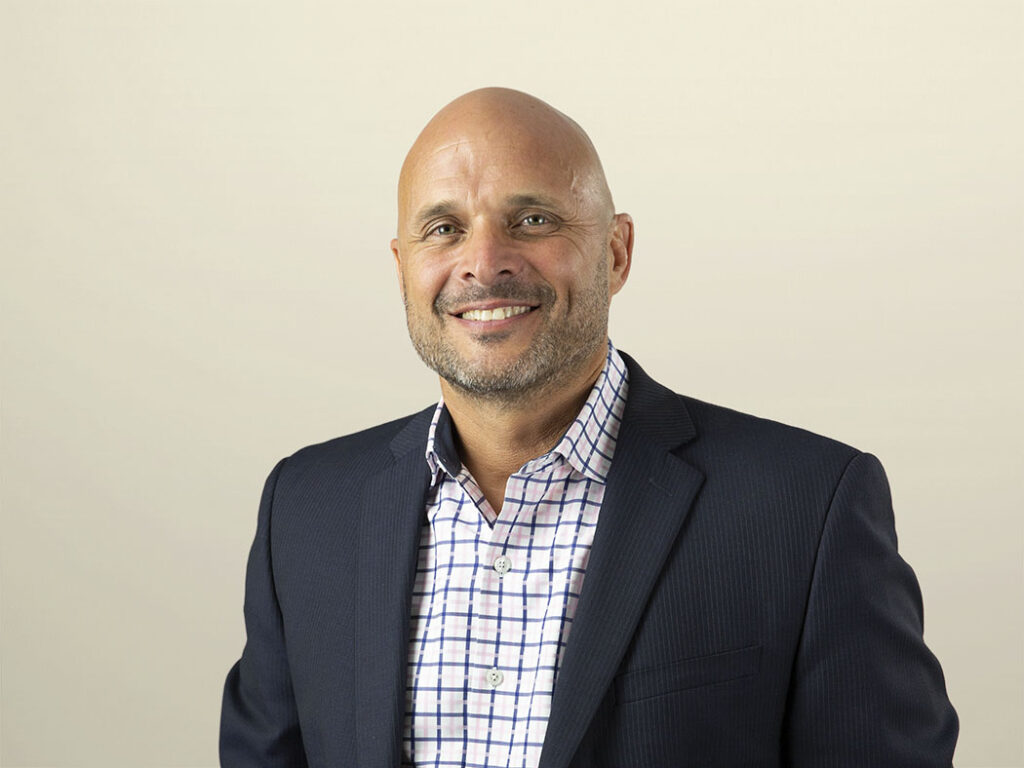FORRward: A Weekly Read For Tech And Marketing Execs
A Road Map To Lose Your Technology Mandate
CIOs have historically run technology innovation efforts, but that may be changing. We find CEOs understand that the future of their business depends on technology they don’t have or that hasn’t been invented yet. They recognize a need to spend at least part of their firm’s time and energy looking at future opportunities that are shaped by emerging technologies and trends, and anecdotal evidence indicates that CEOs increasingly feel that the CIO is not the right person for that job. The result: We see an increasing number of big firms creating technology research and innovation positions under their CEO. For CIOs, this poses a challenge, because the sexy tech innovation is being ripped right out from under them while leaving the hard drudgery of things like ERP modernization and cloud migration on their plates. We would love to hear about your company’s approach. Take this one-question survey to let us know who runs your innovation, and we will provide the results next week: Who leads your innovation?
Finally, Proof That Embracing Privacy Drives Revenue
Your investment in security technologies to prevent data breaches is significant and critical to the reputation of your business. But are you investing in preventing privacy breaches? Just another cost that needs to come out of a tight budget, right? Actually . . . no. We used Forrester’s Total Economic Impact™ (TEI) framework to measure the total value of privacy program investments. The model measures the hard costs of a privacy breach, as well as the impact to marketing effectiveness when customers feel their data has been misused; then, it quantifies the benefits of good privacy stewardship: access to zero party data and lower third-party data costs. Together, these calculations proved a positive ROI for investing in a cross-functional privacy program. Now more than ever, consumers want their data collected and used ethically; our model can help you build the business case for investing in the resources to ensure that you do.
Is The Mirrorworld Coming?
Wired editor Kevin Kelly has written elegantly and frighteningly about what Yale computer scientist David Gelernter calls the “mirrorworld.” In the mirrorworld, augmented reality technology wraps the meat world with layers of information: arrows indicating which way to walk; Terminator-style data about a person or landmark or restaurant; digital twins of bridges or reactors needing maintenance. Two questions bug us: 1) Who owns the digital data layered on the physical data? and 2) How can I trust the algorithms and software that translate physical place into action? (We are tackling both questions in new research, so ping us if you want to talk.) Big picture, we don’t encourage you to halt business and marketing progress in augmented reality, but there needs to be a voice of reason when the conversation turns to which augmented reality vendors to rely on, where you must indemnify employees and customers, and how you can retain control over your data so it doesn’t disappear into Google’s or some other provider’s mirrorworld.
Actively Plan And Manage Your Multicloud Reality
Of the 58% of global enterprises operating in the cloud, two-thirds already operate four or more different cloud stacks. If you’re not there yet, you soon will be — and you must treat multicloud as an operational reality, refining your ability to integrate and operate solutions in a growing number of unique technical environments. IBM’s multicloud announcements this week provide a good window into what to seek from your vendors. IBM announced: a cloud integration platform especially focused on managing code change across multiple, heterogeneous cloud stacks; services for developing an integrated strategy and managing resources across multiple stacks; and services for managing data and application security across these stacks. Respect multicloud’s added complexity — and risk — and actively develop and execute a strategy to assure that you keep costs down while optimizing the benefits you realize.
Cheaper, Faster, Better
Spotlightmetal, the network for light metal casting, may not be your first read for innovation, but maybe it should be. In a fascinating article this week, the authors show how innovation in the automobile industry is reducing the development cycle and creating better products. Case in point: Jaguar reduced the development time for its I-PACE, an all-electric vehicle, from 18 months to three months and reduced CO2 emissions. A big factor in the cycle time improvement is the use of simulations that enable more tests, more diverse test scenarios, and shorter testing cycles. To wit, more than 1,000,000 hours were spent on simulation tests and 1,000 years of computing power on high-speed computers. And, as digital twins advance, simulation will drive greater value across the full product life cycle. This is disruption at its finest — if you are the one doing the disrupting.
